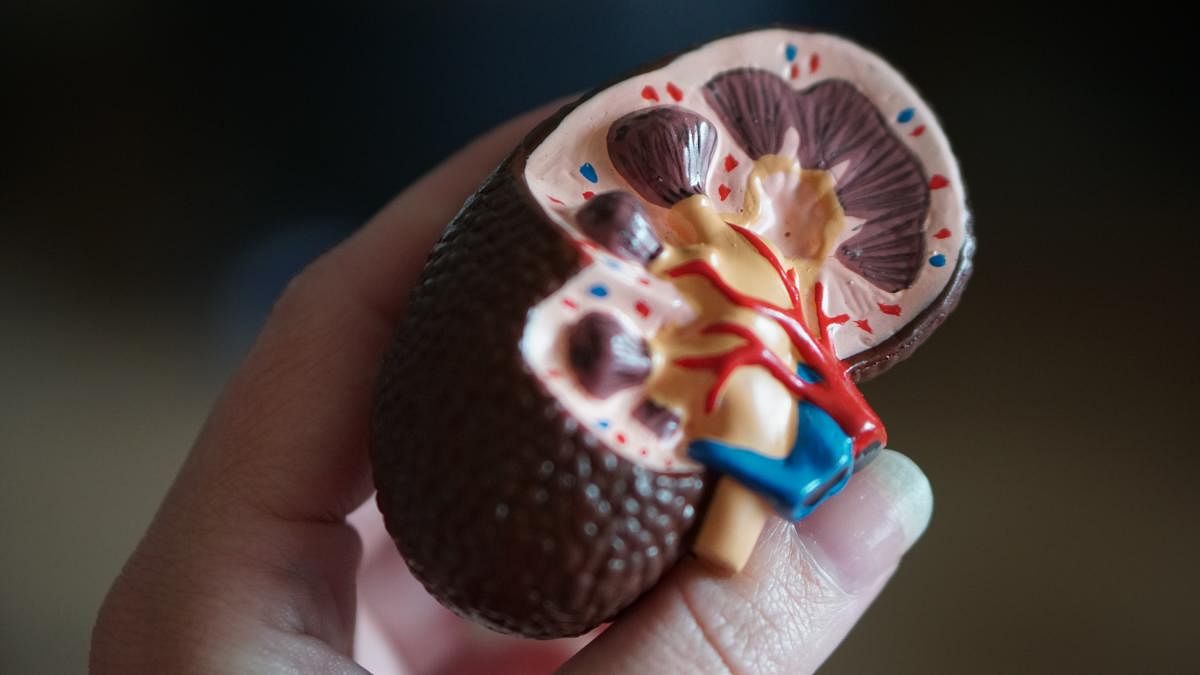
Living-kidney donation is a precious gift for someone who is suffering from end-stage kidney disease. If an individual’s kidneys are damaged or diseased, they may be able to donate one of their two healthy organs. The remaining kidney will then take over functions necessary for life. Kidney donation doesn’t affect the function or survival of your remaining kidney. Many living donors go on to lead healthy lives as well. Instead, your remaining kidney may increase its capacity to function by an average of 22.4%. This is known as “compensatory growth”.
Researchers say that the risk of end-stage renal disease in kidney donors is similar to that of the general population and even kidney donors may live longer than non-donors. A healthy individual donating an organ can be exposed to the risk and recovery from unnecessary major surgery. Short and long-term health hazards of the surgical procedure, organ function, and psychological difficulties following organ donation are all dangers linked with living-donor organ donation. Pain, infection, hernia, bleeding, blood clots, wound complications, and, in rare situations, death is all immediate surgery-related hazards of organ donation. Long-term risks are rare but worth noting is an increase in blood pressure in about 5 percent of patients after many years and a marginal drop in kidney function.
The choice to donate a kidney is only the first step on a path that could ultimately lead to a kidney transplant. Anyone interested in donating must pass a series of tests and examinations. These checks are designed to ensure that the donors are healthy enough to donate a kidney and that their kidneys are currently working well. Safety and well-being is always a priority for medical teams. When it comes to their medical health, a comprehensive review of the patient’s files and assessment are necessary. In addition, ethical issues must be considered along with legal boundaries in order for this process to run smoothly without any problems or obstacles on either end. The procedure of removing a living donor’s kidney for transplant is done through minimally invasive surgery. Laparoscopic nephrectomy involves less pain and shorter recovery time than open procedures, making it more popular among patients who want quick relief from their medical issues.
The donor will feel tenderness, itching and some pain as their incision continues to heal. It’s not recommended that you lift heavy items for about six weeks following surgery and also avoid contact sports where the remaining kidney could get injured.
After the surgery usually, the recovery takes about two to four weeks. The transplant team may ask the donor for follow up within two weeks to examine the wound and thereafter the donor is advised to follow up at six months and subsequently every year.
During these visits, blood pressure examination along with simple tests like urine examination and creatinine estimation is done.
Periodic health check-ups are essential because there are possibilities of rare long term risks like an increase in blood pressure, proteinuria and decrease in kidney function with a single functioning kidney.
Kidney donors are allowed to resume their routine work within 4-6 weeks. Most people don’t experience any complications from the surgery, and it’s usually recommended that women wait at least six months before they become pregnant after a donation.
There’s no specific diet needed after kidney donation, but the donor should maintain a healthy weight and overall health. They should be careful with the prescription of drugs as some can be bad for kidneys.
The donor should remind prescribing healthcare professional that they have donated a kidney. They also need to check with their doctor before starting any supplements, vitamins and over the counter medications.
For donors in many ways, the benefits of kidney donation are personal and cannot be known by anyone other than the person that is donating or has donated. Each donor’s level of motivation may differ greatly. And each donor has a unique experience as they go through the journey of donating their organ from the initial decision to be evaluated as a potential donor to years after the donation occurs.
(The author is a senior nephrologist and transplant physician.)